A few weeks ago (or is it a few months? It’s hard to tell when you’ve been working at home under lockdown), I concluded an outreach and engagement project I led last year – designing, building, and launching a high-altitude balloon payload with a group of local high-schoolers. In truth, the project had long since concluded, but under the pressure of a looming deadline I finally finished writing the summary report and other year-end reporting tasks.
The program brought together ten students from three different high schools in the West Lafayette/Lafayette area. Launching a high-altitude balloon seemed like a worthy project, as it represents on a small scale the challenges associated with designing and building many aerospace systems – weight constraints, extreme environments, power management, and stability, to name just a few. The students and I christened our endeavour “Project HALO (High-Altitude Lafayette Observatory)” – over the course of a few weeks last summer they designed a payload capable of conducting atmospheric measurements and video and still photography during its flight. The process was more than a little bit rushed (funding delays meant that we couldn’t begin work until June, and the academic calendar meant that we had to be done by mid-August so the students could prepare to return to school), but we ended up launching our payload on July 27th, one week after the historic 50th anniversary of the Apollo 11 moon landing.
The mission was a success – unfortunately, we lost contact with the payload shortly after launch but someone saw it land in a soy field near Romney, IN and contacted me to come and retrieve it. I found it to be mostly intact, though it appears as though the cold temperatures of the stratosphere caused it to power down prematurely; nonethless, it collected data and video up to approximately 80,000 feet. Based on preflight simulations, I suspect that it reached an altitude closer to 100,000 feet (though naturally we will never know). The data collection system which the students developed (using a Raspberry Pi) worked well, though the design and assembly of the payload enclosure itself resulted in a great deal of undesirable spinning which made the recorded video footage difficult to use.
More importantly than any successes or failures with the flight, however, was the fact that the students who participated in the project all had fun, reporting a positive experience and a deeper appreciation for the nuances of scientific and engineering work. This project would not have been possible without funding from Purdue’s School of Aeronautics and Astronautics and the Indiana Space Grant Consortium. I was pleased to find out recently that my funding request for 2020 has been accepted, so assuming that the coronavirus pandemic doesn’t disrupt things too much, we will be building and launching another balloon payload this year. If you know of any interested high school students in the Lafayette area, please don’t hesitate to contact me for more information!
Otherwise, please enjoy the video and photos below; there are more on the project’s website and photo gallery. You may also peruse the mission summary I wrote if you are so inclined!
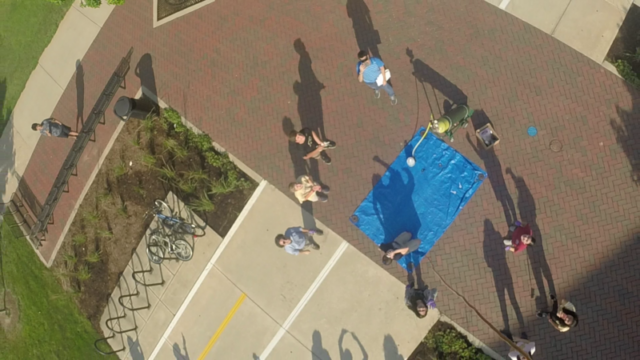
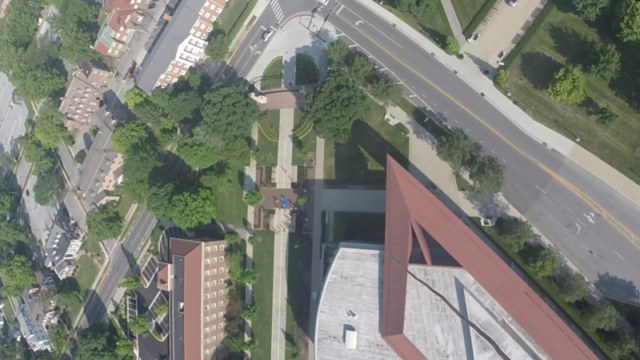
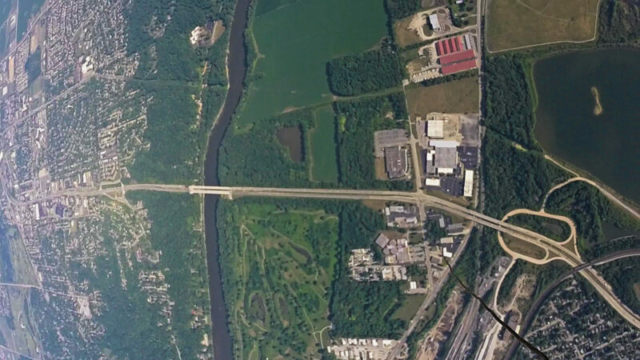
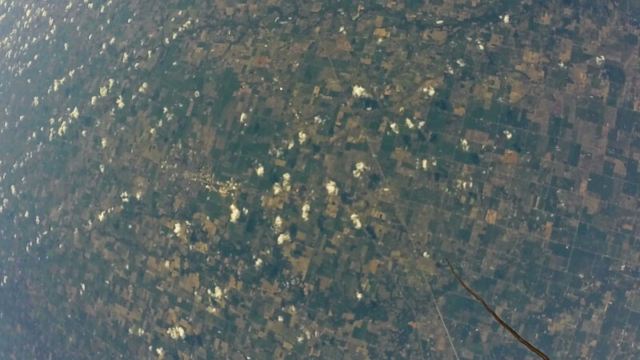
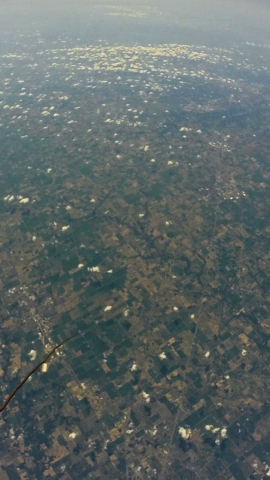
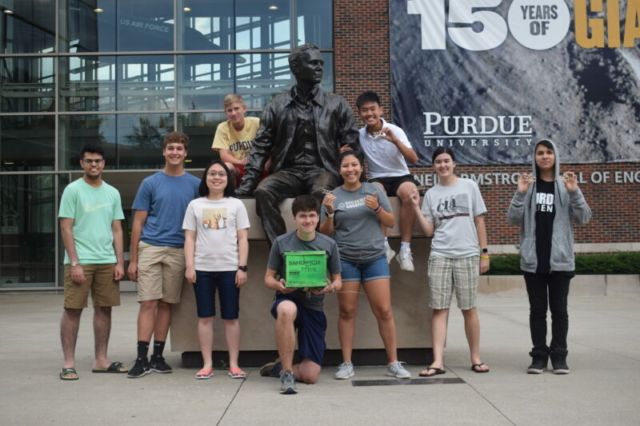
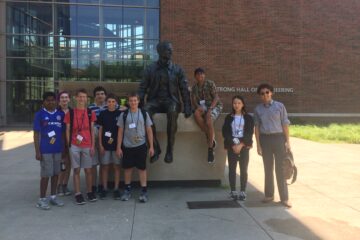
0 Comments